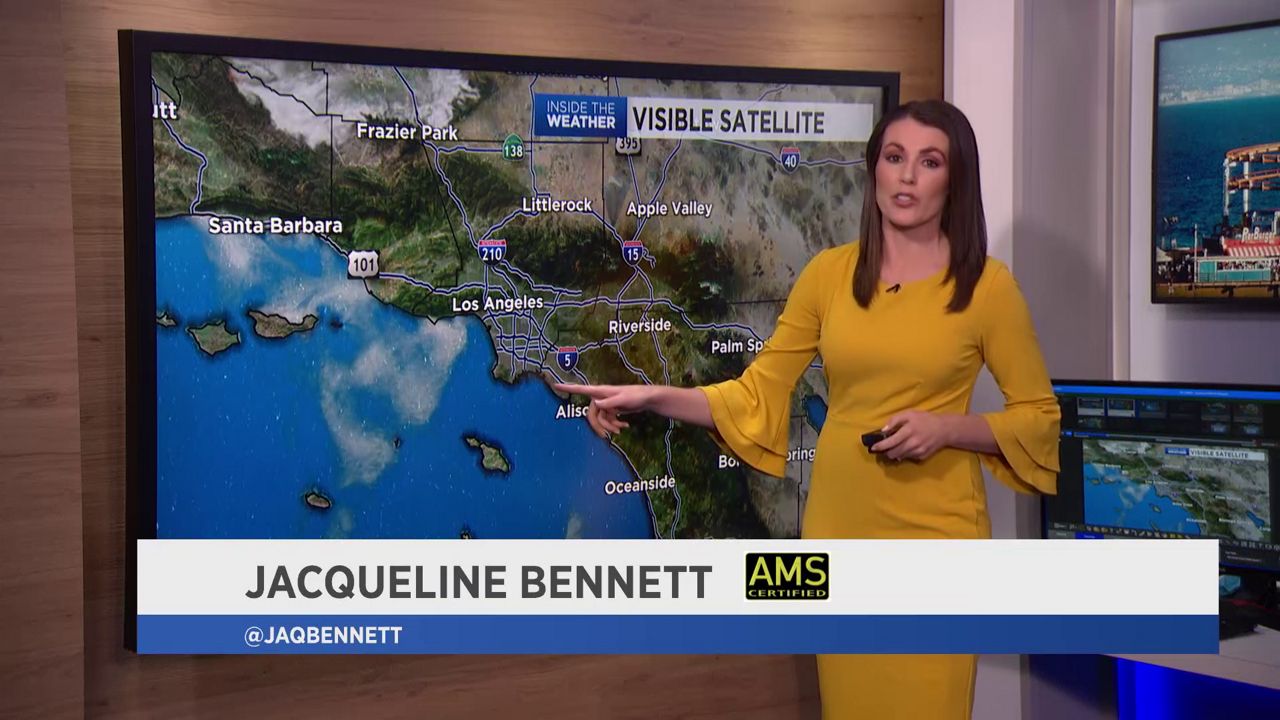Have you ever wondered how to become a credentialed television meteorologist? It’s not as easy as you think!
Let’s start with college classes. The American Meteorological Society (AMS) requires a degree in atmospheric science or meteorology from an accredited university. Online programs typically do not meet the rigorous course requirements.
How does Calculus I, II and II sound? At least two semesters of calculus-based physics with a lab, as well. Throw in some statistics, linear algebra, differential equations, and chemistry — and those are just your prerequisites!
Degree coursework includes atmospheric dynamics, cloud physics, computer programming, physical meteorology, satellite/radar meteorology, and advanced weather forecasting — with electives like consulting meteorology, oceanography, tropical meteorology, climate change, and climatology.
Needless to say, it’s a heavy course load!
The AMS requires two years of full-time on-air experience before you can even apply for the gold standard, the Certified Broadcast Meteorologist (CBM) seal. After passing a written test, you submit your on-air segments for peer review by a board of credentialed meteorologists.
If they sign off, you’re in!
Once you have your CBM, you are required to maintain a professional development portfolio, earning points for continuing education and projects related to your work. This keeps your certification up-to-date and active.
There are currently just 577 active CBMs across the country. Wondering if your favorite TV weather person is certified? Just look for the black and yellow seal next to their name during their next weather segment.
Only active CBMs are permitted to display it!



